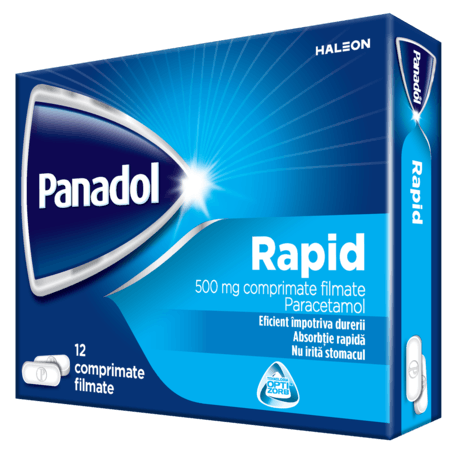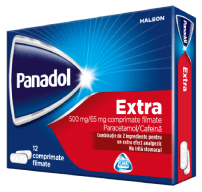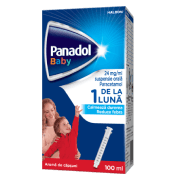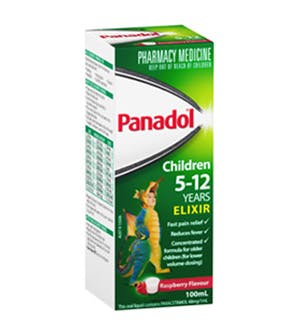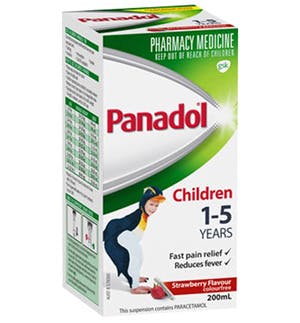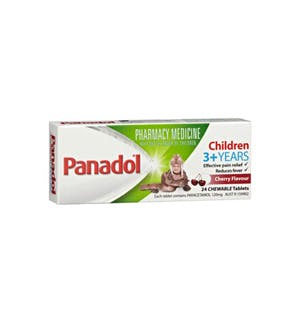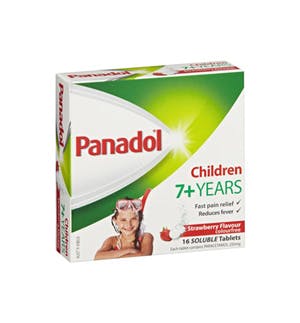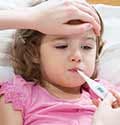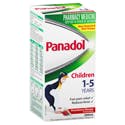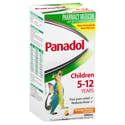DOES MY CHILD HAVE A COLD OR THE FLU?
Cold and influenza (flu) viruses spread when the infected person disperses the virus by coughing or sneezing into the air, spreading to people in close proximity who inhale the air. They can also spread by hands contaminated with viruses.
The best way to avoid the flu is to cover up when sneezing and coughing, as well as practicing good hygienic habits such as washing hands regularly.
But how can you tell the difference between these two common illnesses?
A cold is generally milder than a flu, and its symptoms usually last a few days. A flu on the other hand, can last for a few days to weeks, and can even result in health complications. Read on to learn more about the differences.
WHAT CAUSES COLD AND FLU?
Common Cold
More than 200 different viruses can cause a cold in children, but it is most commonly caused by the rhinovirus.
- The cold virus can be spread when an infected person coughs or sneezes into the air. Other nearby people can become infected when they inhale tiny droplets containing the virus.
- The virus can also be passed on by contact with respiratory secretions, either from direct contact with a person with a cold or from a surface they have touched. The virus is spread if you transfer it from your hands by touching your own eyes, mouth or nose.
- The incubation period (the time between infection with the virus to symptoms of illness) is 1–3 days, with an average of 48 hours.
Flu
- The flu is only caused by influenza virus, although there are different types.
- Similar to the cold virus, the flu virus is usually transmitted through inhaling viral particles in the air. Transmission from direct contact or contaminated surfaces can also occur.
- The incubation period is 1–4 days, with an average of 2 days.
WHAT ARE THE SIGNS?
A cold is generally milder than the flu with symptoms that are less severe. While a cold would usually last a few days, a flu, on the other hand, tends to persist for a few days to weeks.
Common Cold
At the onset of a cold, your child may develop a sore or scratchy throat, runny nose or be sneezing. As these signs can’t be easily observed, take note when your child expresses such discomforts.
As the cold develops, your child may start experiencing the following symptoms:
- Thick nasal discharge
- Cough
- Red eyes
- Loss of appetite or vomiting
- Tiredness or lethargy
- Fever
The common cold is usually not dangerous and goes away in 4–10 days.
Flu
Flu symptoms in children are typically similar to those of a common cold, with a runny nose, sore throat and cough. Your child may also have:
- Fever
- Headache
- Muscle aches or discomfort
- Tiredness
- Fever
- Cough
- Nausea and vomiting
The symptoms of flu are typically mild in children, and usually improve in 2–5 days, although it is important in children under 4 to watch for complications such as breathing difficulty. Residual tiredness and cough may last longer, for up to a week or more.
HOW CAN I HELP?
There are no specific treatments that treat the cold or flu virus.
- Give your child plenty of fluids to drink, even if not eating.
- Encourage your child to rest
- Saline nasal drops may help a blocked nose
- Warm drinks may soothe a sore throat
- If your child has pain or discomfort with a fever, you can give paracetamol as directed, for up to 48 hours.
HOW TO REDUCE THE SPREAD OF INFECTION?

Simple precautions can be very effective in reducing the spread of cold and flu:
1. Wash with warm soapy water or sanitise hands regularly to prevent common infections
2. Cover coughs and sneezes to avoid spreading viruses
3. Keep your child home when they’re unwell
WHY CHOOSE PANADOL?
Trusted
It’s only natural that as parents, we wish to feel confident and assured when it comes to making our kids feel better. Children’s Panadol is recommended for the relief of pain and fever in children; and is trusted by mums and dads.
Heritage of use
Children’s Panadol has been trusted for over 60 years for the temporary relief of pain and fever.
Suitability
Tough on fever, gentle on little tummies, Children’s Panadol is a suitable choice for kids.
Range
Children’s Panadol is available in a variety of formulations including baby drops, elixirs, suspensions, suppositories, chewable tablets and soluble tablets. A range of tailored products covers children aged from one month up to twelve years.
It is important to match your child’s weight to the corresponding dose on the label.
WHEN TO SEE A DOCTOR?
You should see your doctor if your child:
- Won't drink fluids
- Has frequent vomiting
- Has a severe headache
- Has trouble breathing
- Develops a rash
- Has not improved within 48 hours or if you are worried for any other reason
ALWAYS READ THE LABEL. Use only as directed. Incorrect use could be harmful. If symptoms persist see your healthcare professional. Seek medical advice for children under 3 months of age.

